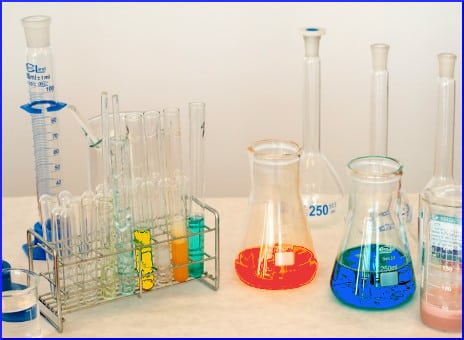
The gut, now acknowledged as the body’s largest endocrine organ, produces over 30 different hormones. Here is a nice description:
The enteroendocrine system orchestrates how the body responds to the ingestion of foods, employing a diversity of hormones to fine-tune a wide range of physiological responses both within and outside the gut. Recent interest in gut hormones has surged with the realization that they modulate glucose tolerance and food intake through a variety of mechanisms, and such hormones are therefore excellent therapeutic candidates for the treatment of diabetes and obesity.
The website of Karger Medical and Scientific Publishers contains a section specializing in pediatric hormone research. There are strong indications that both obesity and type 2 diabetes are affected when the gut microbiome is tweaked. The ingestion of prebiotics can improve states of inflammation, metabolic endotoxaemia, and gut barrier function.
Performance nutritionist Danny Lennon of Sigma Nutrition Radio is a fan of prebiotic fibers, because they increase the numbers of L cells, one of the enteroendocrine cell (EEC) types. Prebiotic fibers occur in leeks, garlic, onions, blueberries, apples, and many other foods.
Lennon is also in favor of foods that are highly colored by nature, because they promote the growth of bifidobacteria (the kind essential for babies to get from their mothers). When chewed up and partially digested food comes through the GI tract, the mucosa of the intestine acts like a sensory organ thanks to the EECs, which then send messages telling the rest of the body what it’s dealing with.
Many mysteries are yet to be revealed. For instance, science knows a fair amount about what EECs are doing in the upper gastrointestinal tract, but their activities in the lower gut are not so discoverable. Comprising less than one percent of the epithelial cells, they live widely separated from each other.
EECs sense “mechanical distension” and track how desperately full the bowel is. One of their sub-categories are enterochromaffin cells, which used to be credited with making all the body’s serotonin.
Then, new research led to new theories:
Microbes can activate EECs to secrete, for example, serotonin and thereby stimulate enteric nerves and regulate GI motility and secretion. There is evidence that the EEC metabolism is controlled by the microbiome.
Serotonin affects the appetite — here we are, back at obesity again — and it is also a psychobiotic, meaning it affects the mind. The American Psychological Association assures us that 95% of the body’s serotonin is manufactured by its gut bacteria. The chemical of happiness and balance and anxiety reduction is made — along with feces — in the intestines.
The very optimistic “Conclusion” section of the Karger report says:
Recent advances in our knowledge regarding the food-sensing skills of EECs and the interaction with different macronutrients or diets and the gut microbiota may lead to new therapeutic approaches, starting with dietary modifications and prebiotics as a considerable strategy to prevent and treat metabolic diseases.
Your responses and feedback are welcome!
Source: “Enteroendocrine Cells: Chemosensors in the Intestinal Epithelium,” AnnualReviews.org, February 2016
Source: “Regulation of Appetite, Satiation, and Body Weight by Enteroendocrine Cell,” Karger.com, February 2015
Source: “Episode 31 with Mike Mutzel,” SigmaNutrition.com, October 2014
Source: “Classification and functions of enteroendocrine cells of the lower gastrointestinal tract,” NIH.gov, August 2011
Source: “The gut microbiome: how does it affect our health?,” MedicalNewsToday, 03/11/15
Photo via Visual Hunt

 FAQs and Media Requests:
FAQs and Media Requests: 











